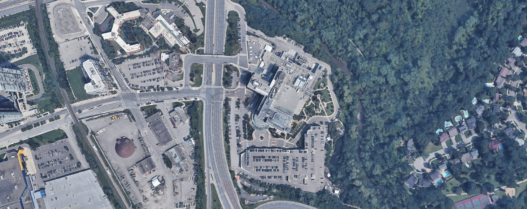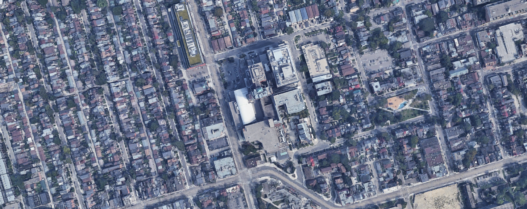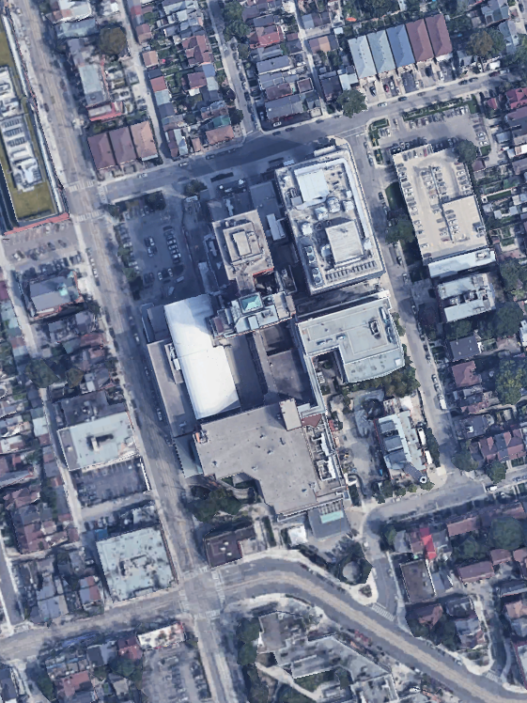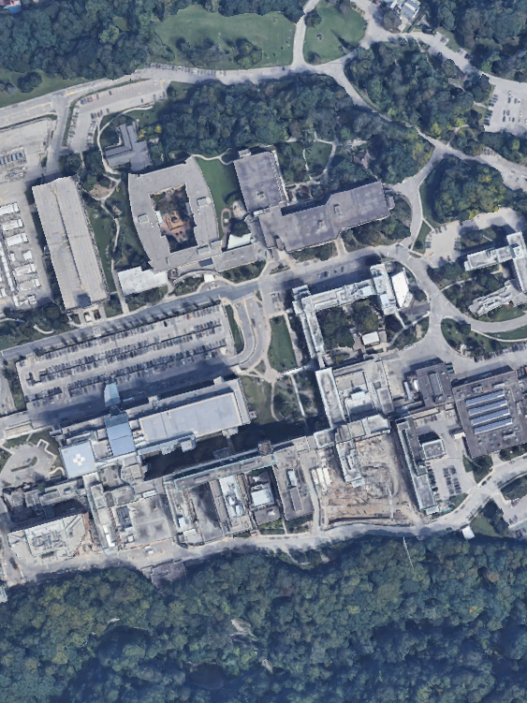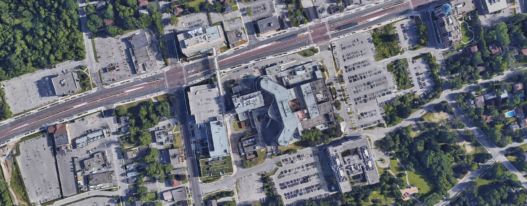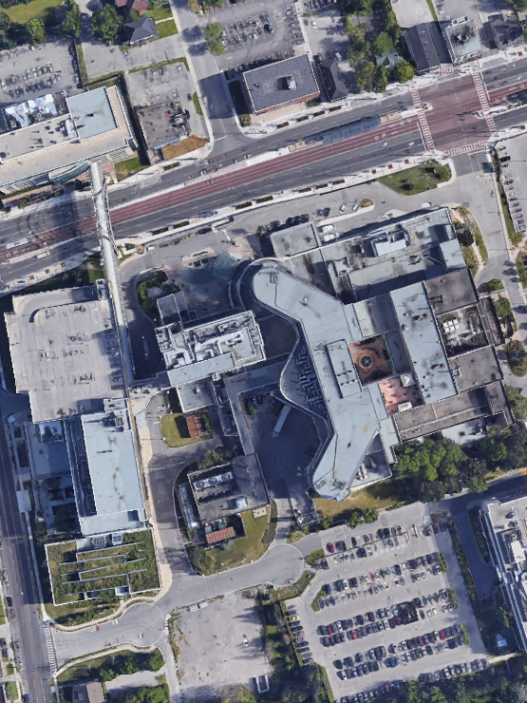Fifty kilometers east of Calgary, where the prairie horizon meets long stretches of rural highway, Strathmore District Health Services sits quietly in the agricultural basin of Wheatland County. At a glance, the facility does not stand out. It is compact, unassuming, and rarely makes the news. But behind its modest brick exterior, a 24-hour emergency department carries a growing share of the medical burden for a region often left behind by urban-focused planning.
This emergency department, staffed by a rotating physician and a lean nursing crew, sees it all: vehicular trauma, chronic illness, psychiatric emergencies, and minor injuries that would be triaged elsewhere—if elsewhere existed. Strathmore does not operate as a trauma center, but it often functions as one. It is not classified as an urgent care clinic, but it fulfills that role daily. In recent years, it has become something else entirely: a microcosm of the widening fault lines in Alberta‘s rural health system.
Hospital for a Region, Not Just a Town
Strathmore District Health Services is officially a community hospital within the Alberta Health Services framework. It has 23 acute care beds, a small maternity unit, diagnostic imaging capabilities, and an emergency department that runs around the clock. Patients come not just from Strathmore itself, but from Carseland, Gleichen, Standard, and Siksika Nation—many of them traveling long distances to access care.
The hospital’s emergency department functions as a primary point of care for many residents in the region. Patients often arrive after hours on roads that are poorly lit and seasonally treacherous. Cellular service can be unreliable. For many, especially those without a regular family physician, the emergency department is the only site where care is consistently available.
It is in this context that Strathmore’s emergency team manages both urgent and non-urgent cases—while also attempting to backstop a health system that may no longer deliver consistent access in smaller towns and rural communities.
Erosion of Primary Care Access
Primary care shortages are not new to rural Alberta, but their effects may be intensifying. In Strathmore, even as some new physicians have joined the community, access remains limited. Clinics may be fully booked weeks in advance. Some residents, particularly new arrivals or transient workers, may wait months for attachment to a provider. Others may go without entirely.
As a result, the emergency department often sees patients with conditions that are non-urgent but unmanaged. A low-grade fever in a child. Back pain in a middle-aged laborer. A wound dressing that needs replacement. These cases, while not critical, still demand clinical attention.
Without adequate alternatives in the community, these patients turn to the hospital—not inappropriately, but as a last resort. This inflow of low-acuity visits may not overwhelm the system in a single day, but it creates persistent strain. Triage slows. Beds fill. Staff attention becomes divided between those who need stabilization and those who simply need any form of care.
Geographic Distance Alters Urgency Curve
Strathmore’s position within Alberta’s geography adds a dimension that few urban facilities contend with: time and travel. Patients may arrive after an hour or more of driving—often from areas with no overnight clinics and limited access to virtual care. In winter months, snow and ice make these trips more hazardous. In some areas, cell phone coverage is spotty or nonexistent.
These logistical factors may contribute to patients delaying care until conditions worsen. A chest pain that might prompt an immediate visit in Calgary may lead to hours of indecision in rural homes. By the time the patient reaches the hospital, the condition may have escalated. Infections, dehydration, and cardiac events may all be more severe upon arrival.
The emergency department must be prepared not only to assess but to stabilize patients whose conditions have progressed in the absence of earlier intervention. In this way, distance may convert what would otherwise be primary care concerns into full-fledged emergencies.
Trauma Without Full Triage Infrastructure
Rural Alberta sees a distinct trauma profile. Collisions on secondary highways, ATV rollovers, and farming accidents involving livestock or machinery are not rare events. When these incidents occur in Strathmore’s catchment, the patients often arrive at the local emergency department—not because it is ideally equipped, but because it is the only option within reach.
The department lacks a trauma bay or immediate surgical backup. There is no orthopedic team, no neurosurgeon on call. Instead, a generalist physician and a small team of nurses manage stabilization: controlling bleeding, securing airways, arranging imaging, and preparing for transport.
Advanced care—particularly for head injuries, internal bleeding, or pediatric trauma—requires transfer to Calgary. But transfers depend on Calgary’s capacity, the availability of transport teams, and coordination across overloaded networks.
When a patient cannot be moved immediately, Strathmore’s team must continue providing care, sometimes for hours. Each extended stay limits the department’s capacity to take on new cases, increasing the risk that subsequent patients will face delays of their own.
Delayed Transfers and Urban Bottlenecks
Strathmore’s reliance on Calgary facilities for advanced care introduces another vulnerability. Emergency departments and inpatient wards in Calgary face their own pressures—bed shortages, staff constraints, and rising volumes. When urban capacity tightens, rural transfers are delayed.
This means that patients in Strathmore who need surgery, intensive care, or psychiatric admission may remain at the local hospital far longer than clinical best practices would suggest. Emergency stretchers become inpatient beds. Monitoring equipment remains tied up. Nurses and physicians must provide levels of care that, while within their competence, stretch beyond what the facility was built to support.
Over time, these transfer delays may have a cumulative effect. A single patient requiring an extended stay can cascade into a backlog. Ambulances may be diverted or delayed. Waiting rooms may fill. The emergency department becomes gridlocked—not because of internal mismanagement, but because the entire system slows in response to limited movement at the top.
Rising Mental Health Burden
Mental health presentations have increased across Canada, and rural communities are not exempt. In Strathmore, emergency clinicians increasingly manage cases involving depression, anxiety, substance-induced psychosis, and suicidal ideation. The drivers vary—economic stress, housing instability, addiction, isolation—but the destination is the same: the emergency department.
Strathmore does not have on-site psychiatric specialists. Assessments are conducted through Alberta Health Services’ Telehealth platform. While this model offers timely clinical input, it lacks the full toolkit of in-person evaluation and environmental control. The department does not have a dedicated mental health assessment room. Patients in crisis are often treated in curtained bays adjacent to physically injured patients, in settings that may heighten distress.
For patients requiring psychiatric admission, transfers to Calgary are arranged—but space is limited. Wait times for a bed may exceed 24 hours. During that period, staff must monitor and support patients with limited security or behavioral health support. These extended holds may compromise safety and increase staff fatigue.
Substance Use and Repeat Encounters
While urban centers report the highest rates of opioid overdoses, smaller communities like Strathmore are not immune. Emergency staff regularly administer naloxone and manage respiratory distress caused by fentanyl. Repeat visits from individuals struggling with addiction are not uncommon.
In addition to opioids, alcohol remains a significant driver of emergency encounters. Patients may arrive in withdrawal, inebriated, or injured due to falls or collisions. Others present with chronic liver disease, gastrointestinal bleeding, or seizures. Some are well known to staff, having cycled through emergency care multiple times.
Addiction services in the region are limited. Detox facilities are far from Strathmore, and residential treatment programs have waitlists that stretch into weeks or months. Discharge planning consists largely of referrals and pamphlets—offered in good faith, but with no guarantee of uptake or access.
Emergency staff do what they can. They stabilize, counsel, refer. But they cannot guarantee follow-through. And many of these patients return—because no other door remains open.
Staffing Limits Narrow the Safety Margin
Clinical capacity at Strathmore District Health Services remains fragile. Many nurses work extra shifts to cover gaps. Physicians rotate in from Calgary or further afield on locum contracts. Administrative roles are often double-tasked. Recruiting new staff can be challenging—compensation disparities, housing availability, and perceptions of rural practice all play a role.
These constraints mean that small disruptions—illness, vacation, sudden departures—can create significant downstream effects. A single vacant shift may force staff to cover beyond safe ratios. A delayed backfill may ripple into longer waits or reduced service coverage.
Despite this, the workforce remains committed. Many clinicians speak of community loyalty and the satisfaction of practicing full-scope medicine. But even deep professional commitment may not overcome the fatigue of long hours, inconsistent support, and systemic under-resourcing.
Infrastructure: Clean, Efficient, but Stretched
Strathmore’s emergency department is clean, well-managed, and consistently functional. The space reflects professionalism and efficiency. But it is not built to handle high surges or prolonged inpatient holds.
There is limited space for observation. Hallways may double as treatment areas during flu season or weekend peaks. Resuscitation rooms are sometimes used for standard procedures. Supply closets are tight. There are no secure rooms for behavioral health cases, and no designated waiting area for patients who may become unstable.
Capital investment in rural facilities remains limited. While urban hospitals may receive expansion grants or infrastructure upgrades, small sites like Strathmore often continue with what they have—making do through creative scheduling, tight workflow management, and staff flexibility.
What the Numbers May Not Show
Officially, Strathmore’s emergency department does not report volumes comparable to Calgary’s. It may rank low on province-wide wait time dashboards. But these metrics risk obscuring the pressure that exists just beneath the surface.
The challenge here is not defined by volume alone. It is defined by the breadth of responsibility, the absence of system buffers, and the difficulty of transferring patients out. In Strathmore, each emergency visit may involve more decision-making, more improvisation, and more risk than it would in an urban center with a team of specialists and multiple backup systems.
The hospital’s wait times may look modest. But that stability rests on a fragile balance—one that may tip quickly if staffing slips, community volumes rise, or urban capacity contracts further.
A Hospital That Holds the Line
Strathmore District Health Services is not failing. Its emergency department functions day after day because of disciplined staff, efficient management, and community cohesion. But it may be approaching its outer limits—not in a single dramatic event, but through daily cumulative strain.
The hospital’s emergency department now acts as an all-purpose access point in a region that has few others. It absorbs routine care, trauma, mental health, and addiction presentations. It manages admissions it cannot admit and transfers it cannot guarantee.
This role may not be sustainable without further support. Staffing strategies tailored to rural contexts. Infrastructure that anticipates rather than reacts. Investment that reflects the real, if quiet, load carried by these facilities.
In the absence of such measures, the risk is not just inconvenience. It is erosion—from within, and in silence.
Because in Strathmore, as in many rural hospitals, the emergency is not just a patient in distress. It is a system quietly slipping past the edge of what it was ever built to hold.








